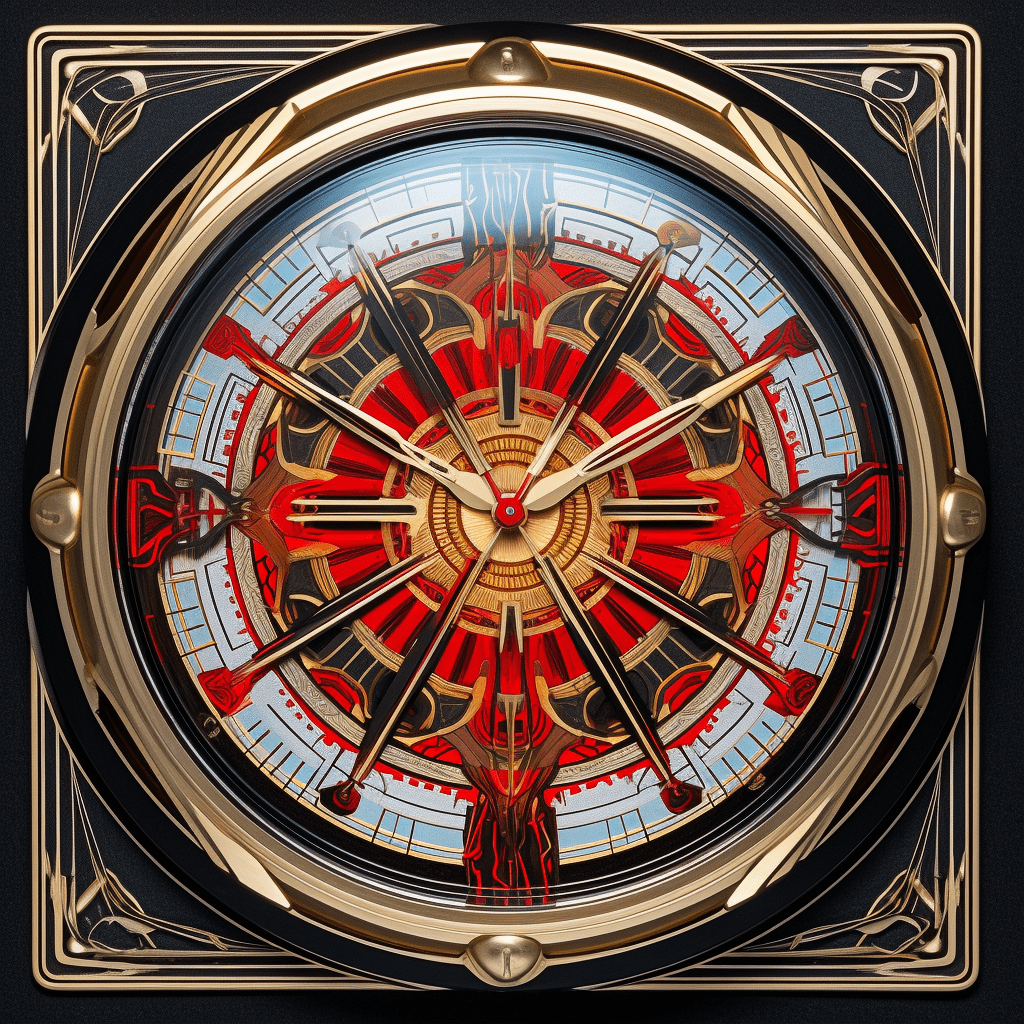How Do Quartz Watches Work? The Science Behind Your Timepiece
Quartz watches are one of the most common and accurate timekeeping devices used around the world. Have you ever wondered how these watches work? Let’s explore the fascinating science behind quartz watches and understand their inner workings.
What is Quartz?
Quartz is a type of crystal that is found abundantly in the Earth’s crust. It is made up of silicon and oxygen atoms arranged in a specific pattern. Quartz has some unique properties that make it ideal for use in watches.
The Quartz Crystal Oscillator
At the heart of a quartz watch, you’ll find a tiny piece of quartz crystal called a quartz oscillator. This crystal is cut in a precise shape and is incredibly stable, meaning it vibrates at a very precise and consistent frequency when an electrical current is applied to it. These vibrations are what make quartz watches tick.
Powering the Watch
A quartz watch operates on battery power. The battery provides the electrical energy needed to make the quartz crystal vibrate. When the battery contacts touch the watch’s electrical circuit, the current flows through the quartz crystal, causing it to oscillate or vibrate.
Measuring Time
The oscillations of the quartz crystal generate electrical pulses. These pulses are counted by a circuit called an integrated circuit, or IC, which acts as the microchip brain of the watch. The IC measures the number of pulses and converts them into regular timekeeping intervals.
Regulating the Time
To ensure accuracy, quartz watches include a tiny tuning fork made of quartz crystal. With the help of an electrical amplifier, this tuning fork vibrates at a frequency of exactly 32,768 times per second. This high frequency is divided down electronically to generate one pulse per second, which regulates the timekeeping of the watch.
The Advantages of Quartz Watches
Quartz watches offer several advantages over mechanical watches. They are more accurate because the vibrations of the quartz oscillator are consistent and reliable. This means that quartz watches will always display the correct time within seconds per month, as opposed to mechanical watches that may lose or gain a few seconds over time.
Another advantage of quartz watches is their low maintenance requirements. Unlike mechanical watches that need regular winding or automatic movement, quartz watches only require a battery change every few years on average.
Conclusion
Quartz watches work by utilizing the precise vibrations of a quartz crystal oscillator. The battery provides the electrical energy that causes the quartz crystal to vibrate, generating electrical pulses. These pulses are then measured and converted into regular timekeeping intervals, ensuring accurate timekeeping. With their accuracy and low maintenance, quartz watches have become extremely popular and reliable timekeeping devices worldwide.












